Pilates, known as a type of sport with a low-impact exercise system created by Joseph Pilates in the early 20th century, has become an important part of modern fitness routines globally. This kind of sport is known for its capacity to enhance strength, flexibility, and overall body awareness.
Noting that Pilates provides a range of benefits for people at all levels of fitness. Therefore, throughout this article, you will be able to understand the history, principles, and diverse advantages of practicing Pilates for your lifestyle. Many people try many types of activities, but they are not able to complete them due to their age or physical weight. However, Pilates is a way for all ages to start doing exercises, even for those with injuries. Throughout this article, you will be able to see the importance of this new invention. Don’t miss anything; complete the article for full, detailed information.
History of Pilates
Everything started with a man called Joseph Pilates, who developed his exercise method during World War I to aid injured soldiers in regaining their strength and mobility. Initially, this kind of sport or exercise was named “contrology.”
His approach emphasized the mind’s control over muscles, with a focus on core stabilization and alignment. Pilates’ method was the first to integrate elements of yoga, martial arts, and ancient Greek and Roman fitness routines.
Core Principles of Pilates
The foundational principles of Pilates include the following:
- Concentration: focusing on precise movements to ensure maximum efficiency.
- Control: ensuring all movements are made with proper form.
- Cantering: stressing the core muscles, including the abdomen, lower back, and hips.
- Flow: creating smooth, continuous movements.
- Precision: execution of exercises with precision.
- Breath: coordinating breath with movement to enhance performance and relaxation.
The Benefits of Pilates
Pilates is a gentle exercise that is suitable for all ages. Whether you want to change your current fitness routine or simply improve your mobility and flexibility, Pilates is just what you need. Here is some of the potential health benefits of Pilates
1. Improved Core Strength
First, it was clear that Pilates exercises target the core muscles, including the deep abdominal muscles and those closest to the spine. Strengthening these muscles enhances overall stability and reduces the risk of back pain. When you have a strong core, simply having a strong core will support better posture and balance.
2. Enhanced Flexibility
Pilates promotes flexibility by emphasizing controlled, gradual stretching. Unlike more vigorous forms of exercise, Pilates focuses on the elongation of muscles, which can improve range of motion and reduce muscle stiffness.
3. Better Posture
Pilates helps improve posture by strengthening the core and other stabilizing muscles. Good posture alleviates strain on the spine and prevents musculoskeletal issues. Regular practice of Pilates enhances body awareness, making it easier to maintain proper posture throughout daily activities.
4. Increased muscle strength and tone
Pilates is great for building muscle without gaining mass. Using body weight and resistance training, he develops lean muscle mass, especially in the core, arms, and legs. This technique can produce a strong and sculpted body.
5. Improved balance and coordination
Pilates exercises demand a high level of precision and control, which enhances neuromuscular coordination. Better balance and coordination can prevent falls and injuries, especially in older adults.
6. Enhanced mental well-being
Pilates promotes mindfulness by encouraging practitioners to focus on their breathing and movements. This way of thinking reduces stress and anxiety and promotes a sense of well-being.
7. Injury Prevention and Rehabilitation
Pilates is frequently recommended by physical therapists for its rehabilitative benefits. Its low-impact nature makes it suitable for individuals recovering from injuries or aiming to prevent future ones. Pilates strengthens weak muscles, increases flexibility, and improves all body mechanics.
8. Support for Pregnancy and Postnatal Recovery
Pilates is a popular activity for pregnant women and new mothers. Prenatal Pilates helps maintain strength and flexibility during pregnancy, while postnatal Pilates aids in recovery by strengthening the pelvic floor and abdominal.
The Different Types of Pilates
1. Mat Pilates
This form of Pilates is performed on a mat and uses body weight and weight to create resistance. It is available to beginners mainly, and you can practice these exercises almost anywhere with minimal equipment.
2. Reformer Pilates
This type of Pilates uses a reformer machine. Therefore, this machine will provide adjustable resistance through springs and pulleys. Reformer Pilates is used mainly when the person is no longer a beginner because it offers a more intense workout and can successfully target specific muscle groups. The specified group of muscles is targeted.
3. Clinical Pilates
Often utilized in rehabilitation settings, clinical Pilates is customized to meet individual needs and focuses on specific therapeutic goals. It is typically supervised by a trained physiotherapist or certified Pilates instructor to guide you so no harm could happen to your body. Pilates is used by a physiotherapist to enhance your muscles in a good way.
Incorporating Pilates into Your Routine
Throughout this paragraph, you will understand that to fully benefit from Pilates, consistency is crucial. Life changes are no joke; You must stick to your transformation plan and achieve your goals. First, beginners should begin with 1-2 sessions per week and gradually increase the frequency. Please note that it is important to attend classes led by a certified instructor to learn proper form and technique. Many gyms and specialized Pilates studios provide a range of classes tailored to different levels and preferences.
Pilates is a very effective form of exercise that has many physical and mental benefits. Also, as it is considered a new type of sport, you have to always try to have the right person with you to avoid any injuries during workouts. If you are not an expert, please always refer to your specialist in case you are at the gym or refer to a person who is certified in teaching Pilates activities. In addition, if you have any medical problems, you must always refer to your doctor to avoid any problems during your workouts. You have to aim for a change in your lifestyle because taking care of your body is always good for your overall life. Whether you aim to enhance core strength, improve flexibility, or support rehabilitation, Pilates offers a tailored workout for individual needs. Incorporating Pilates into your fitness routine can lead to significant improvements in overall health and well-being.
Dr. Julian Miles is a board-certified general medicine physician with over a decade of experience in delivering comprehensive care to individuals of all ages. With a focus on preventive medicine, holistic wellness, and chronic disease management.
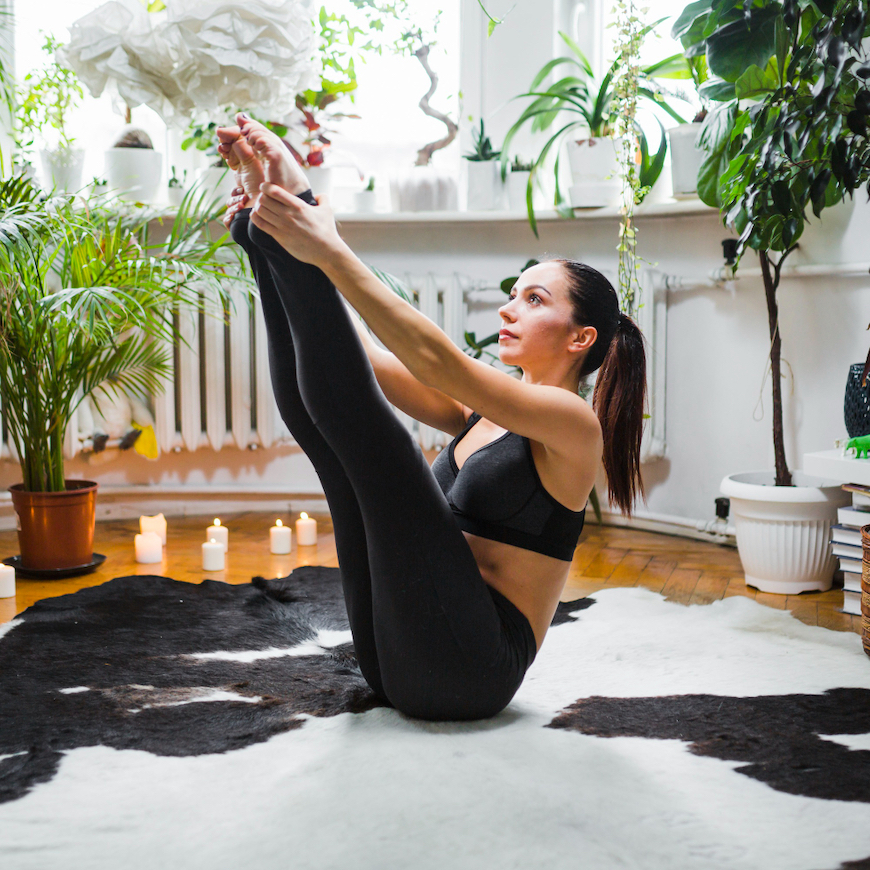


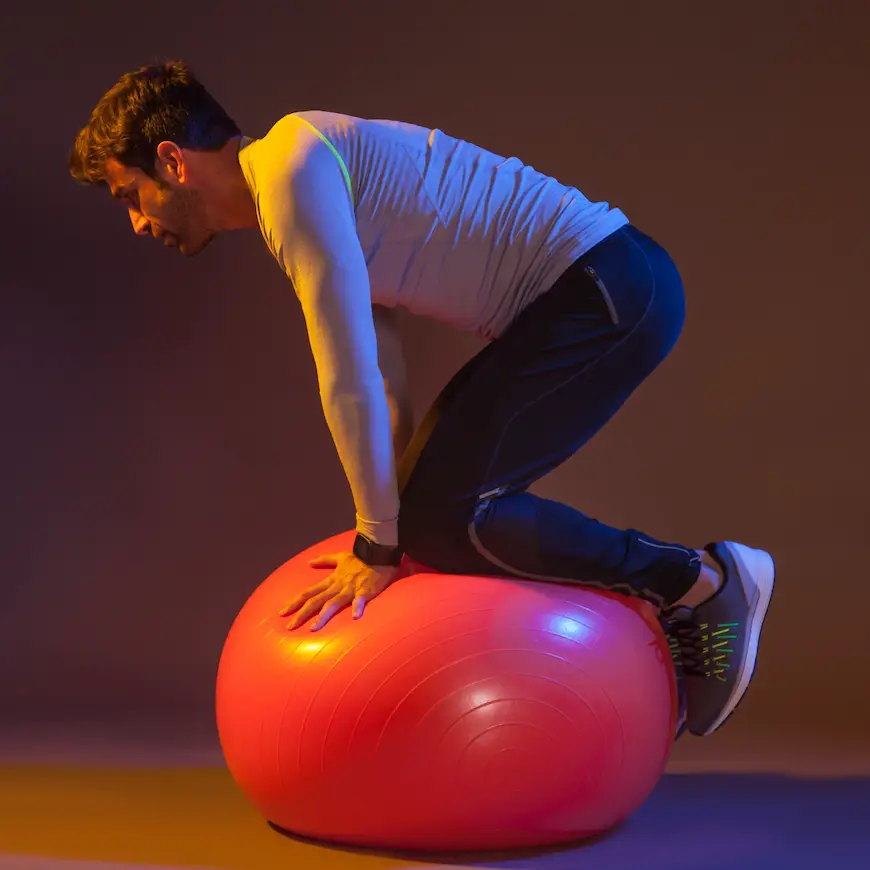
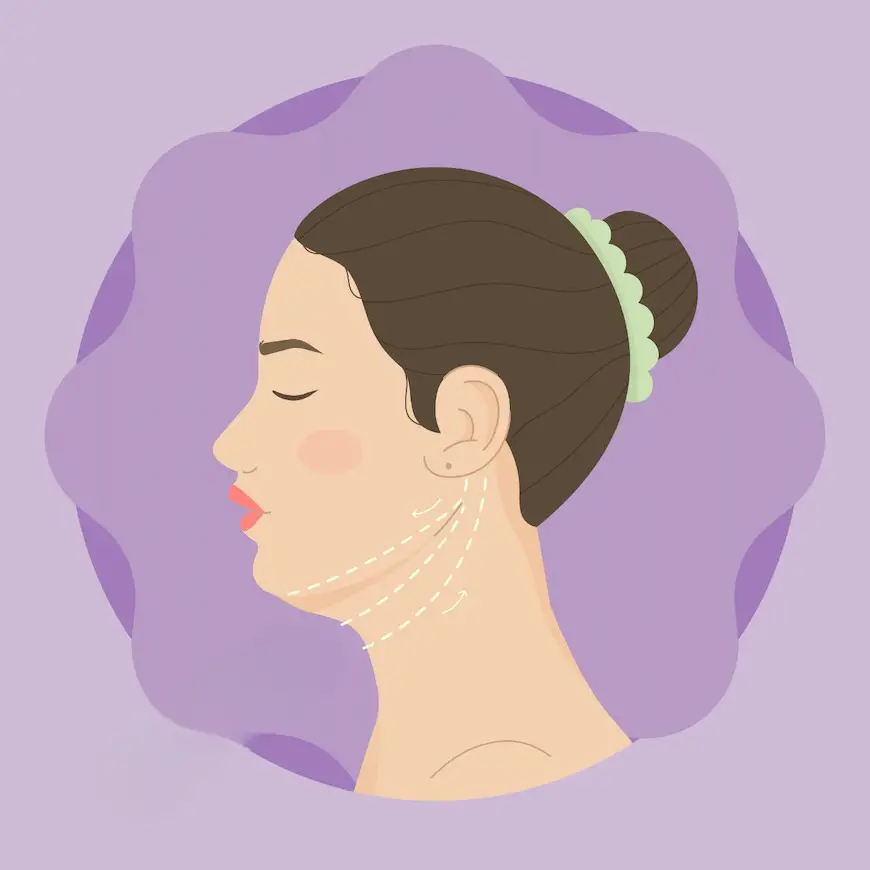
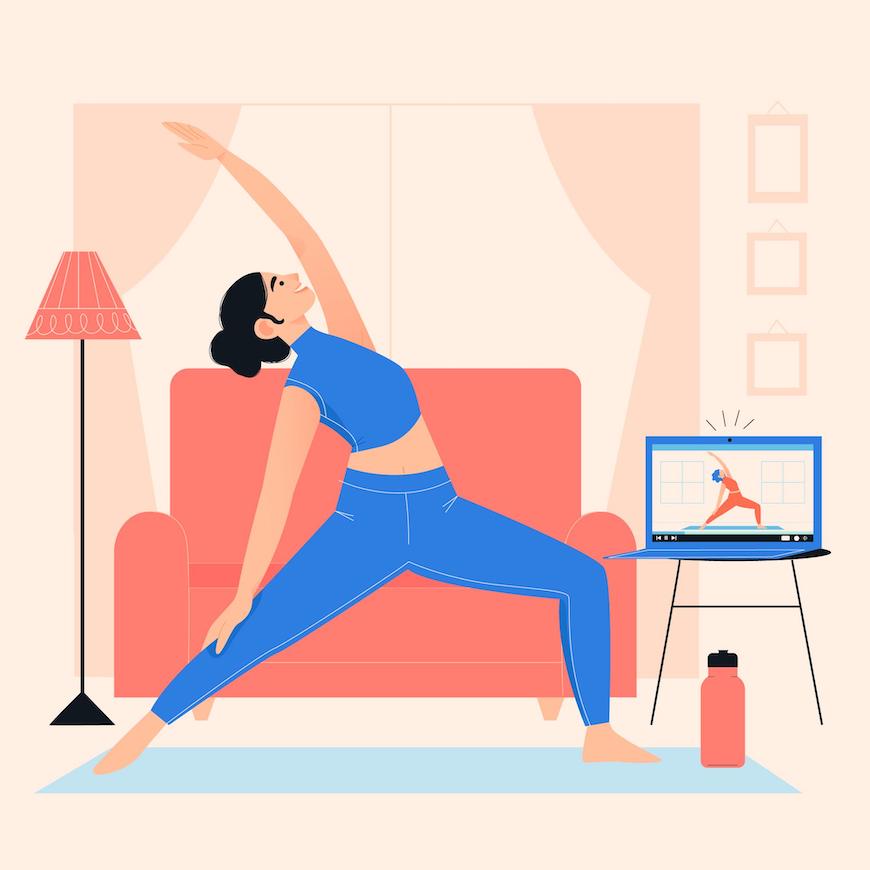
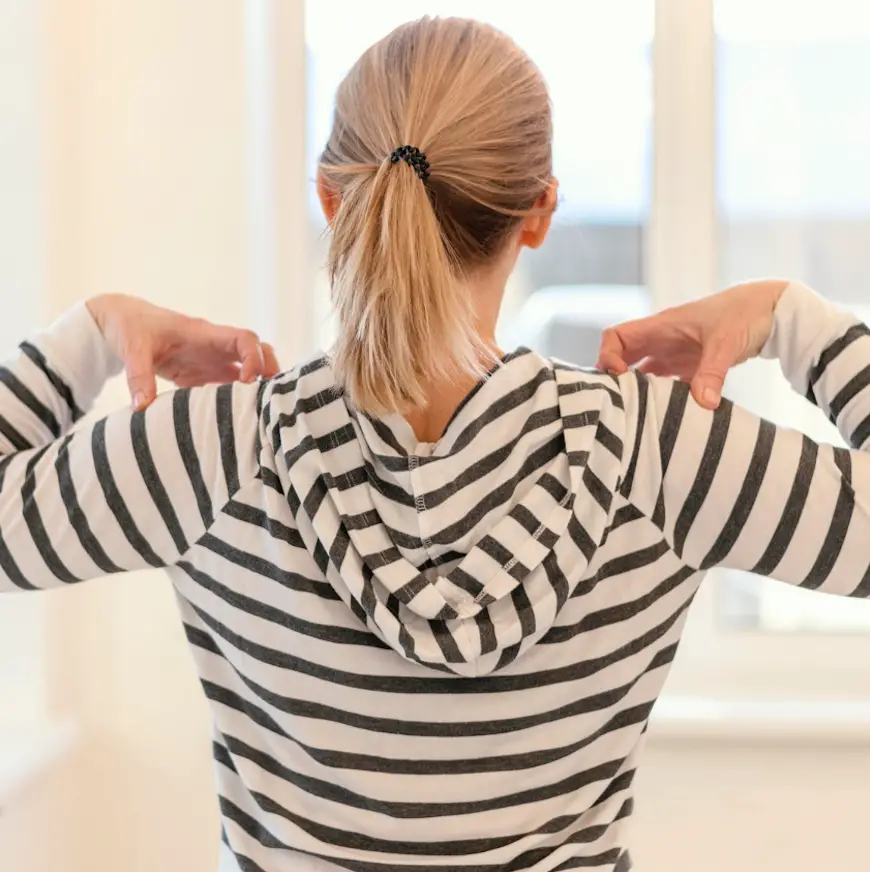
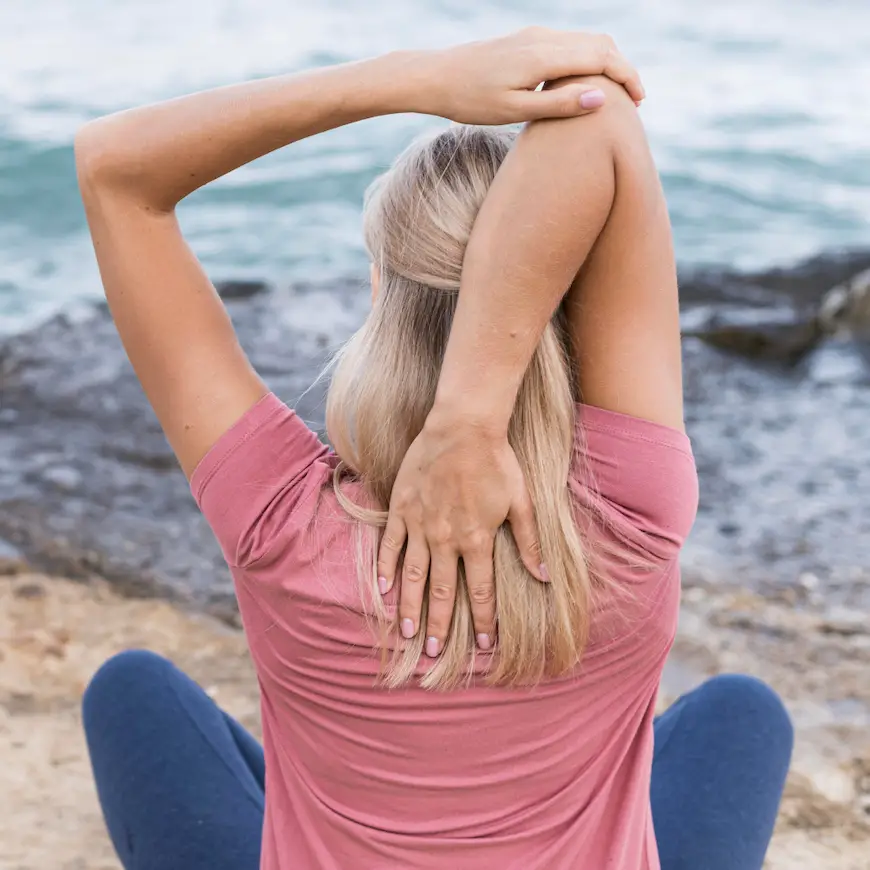
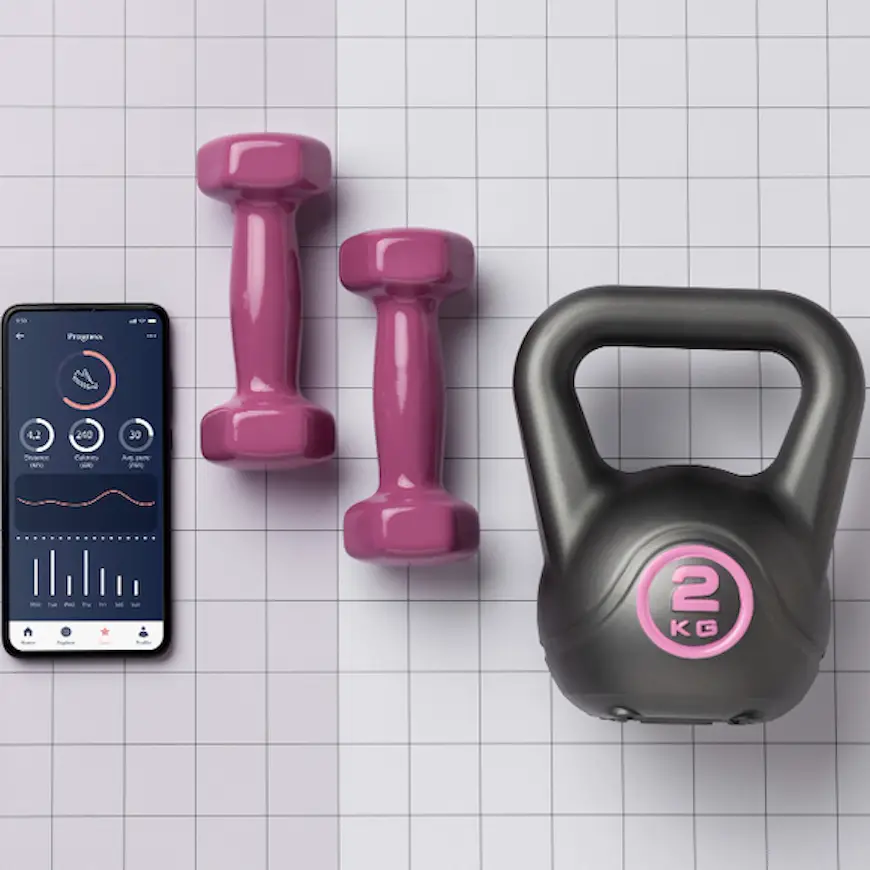
Hey people!!!!!
Good mood and good luck to everyone!!!!!
Pingback: Hot Yoga and Its Potential Benefits - Lifestyle Mine